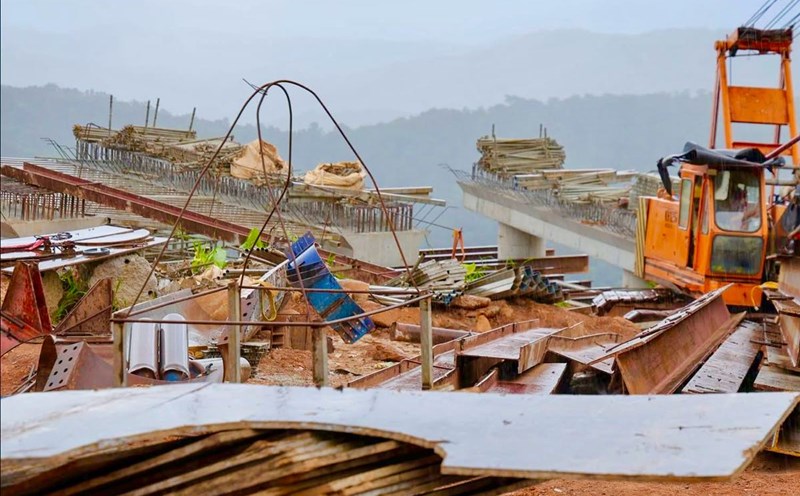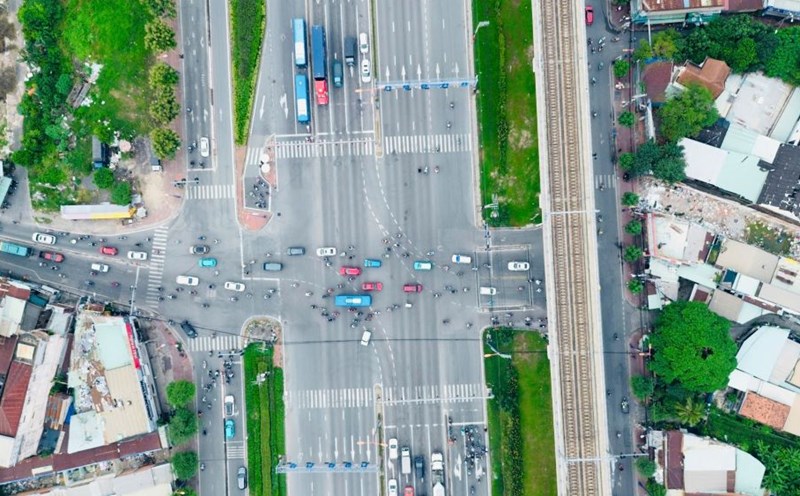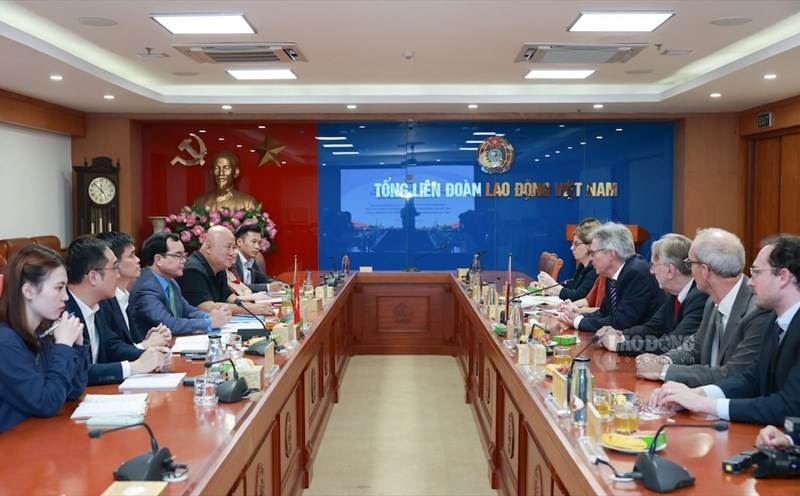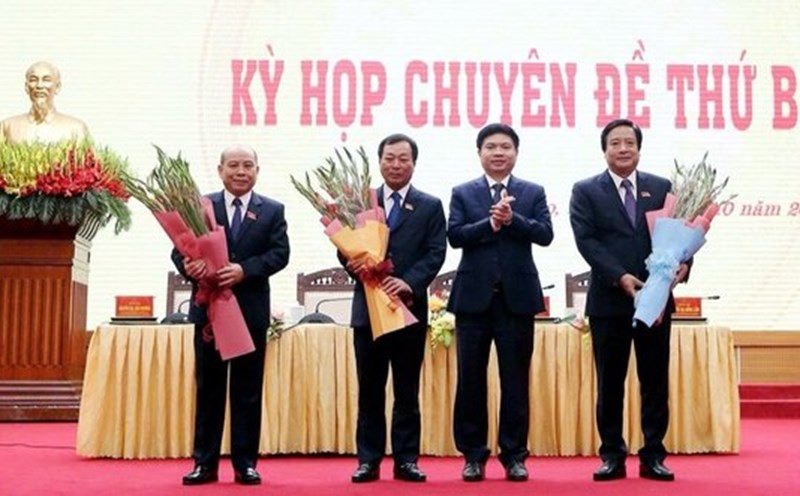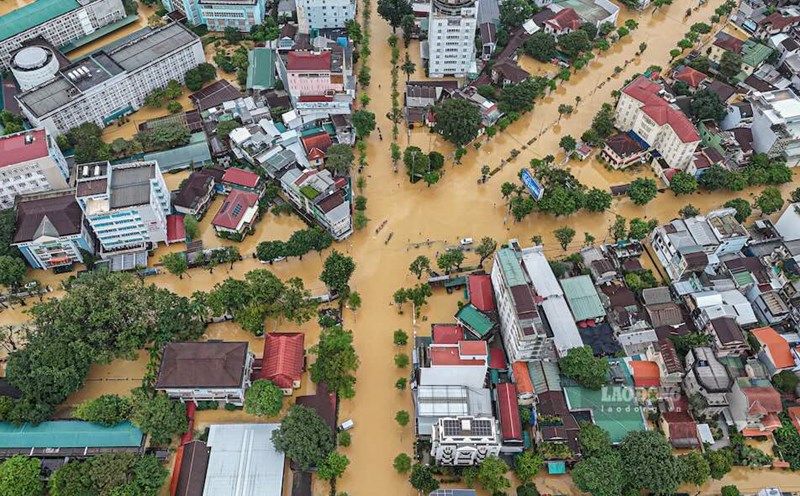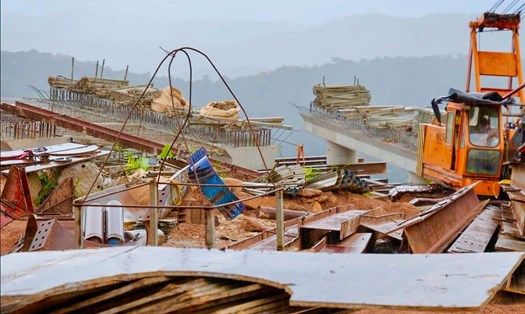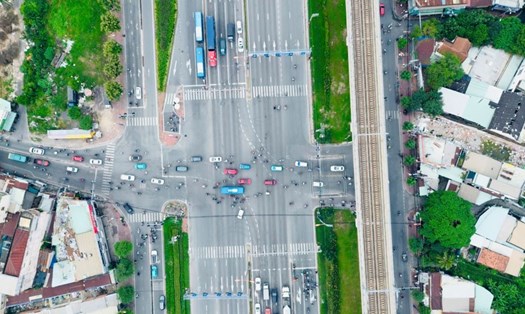According to Lao Dong, the section of Tran Binh Trong Street (Vuon Lai Ward) connecting the two major roads of Ly Thai To and Hung Vuong is currently only about 370 m long, but has been overloaded for many years. The narrow road surface, on average only 5 m, makes it difficult for people to travel. Motorbikes and cars often have to give way every meter, especially during morning and evening rush hours.
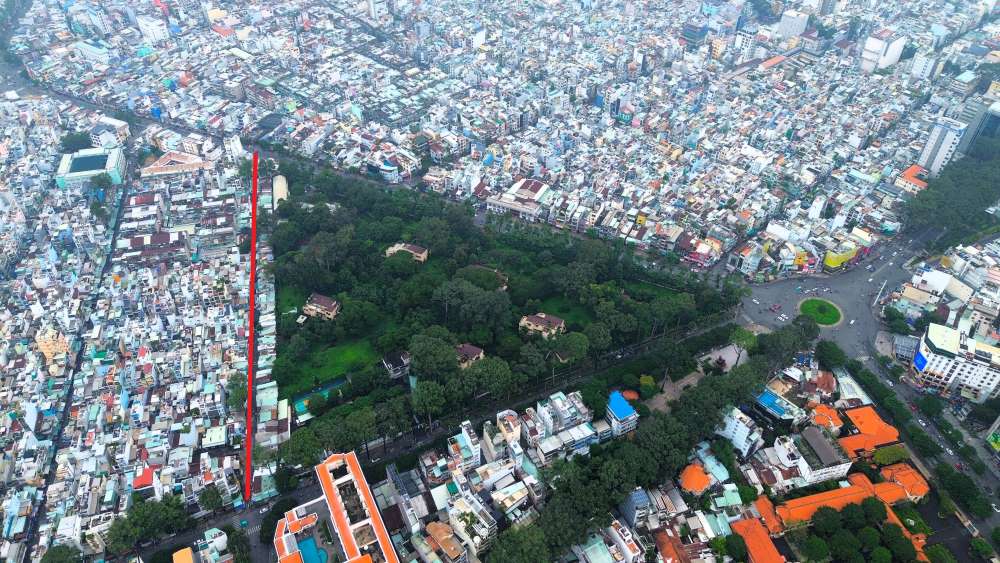
On both sides of the route are rows of townhouses, many of which have degraded and encroached on the edge of the road, making the traffic space even narrower. During rush hour, traffic is often congested due to the large number of vehicles coming from Ly Thai To and Hung Vuong streets.
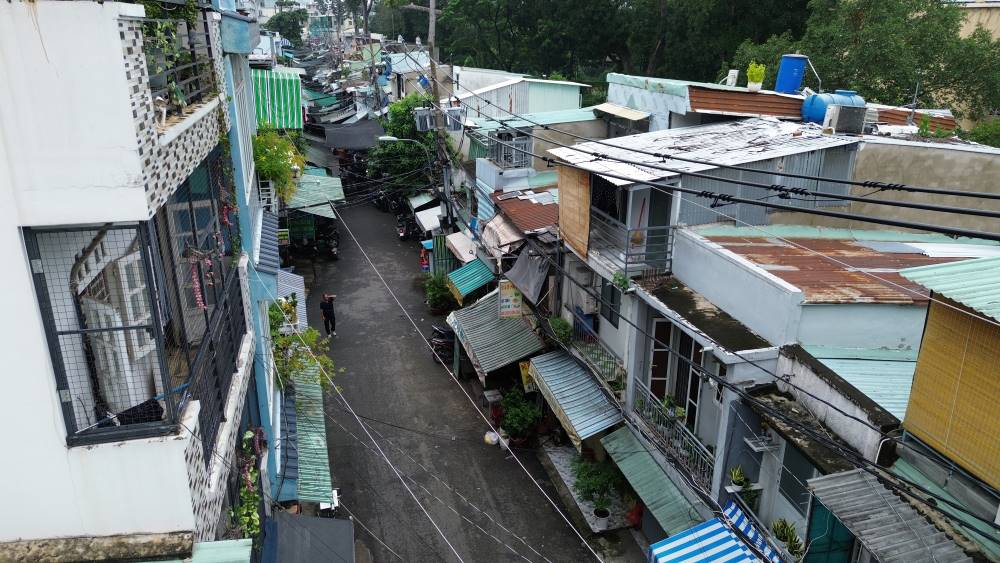
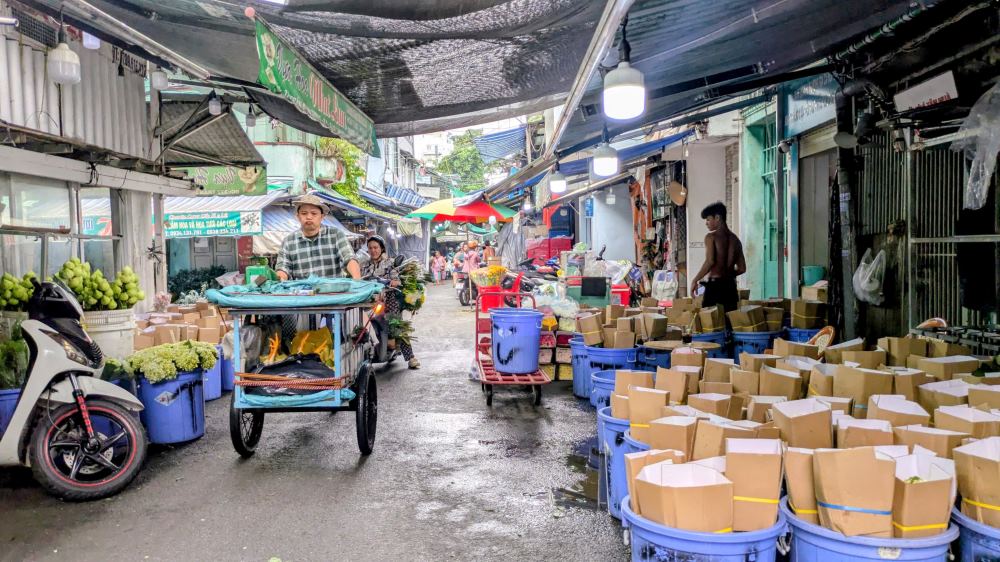
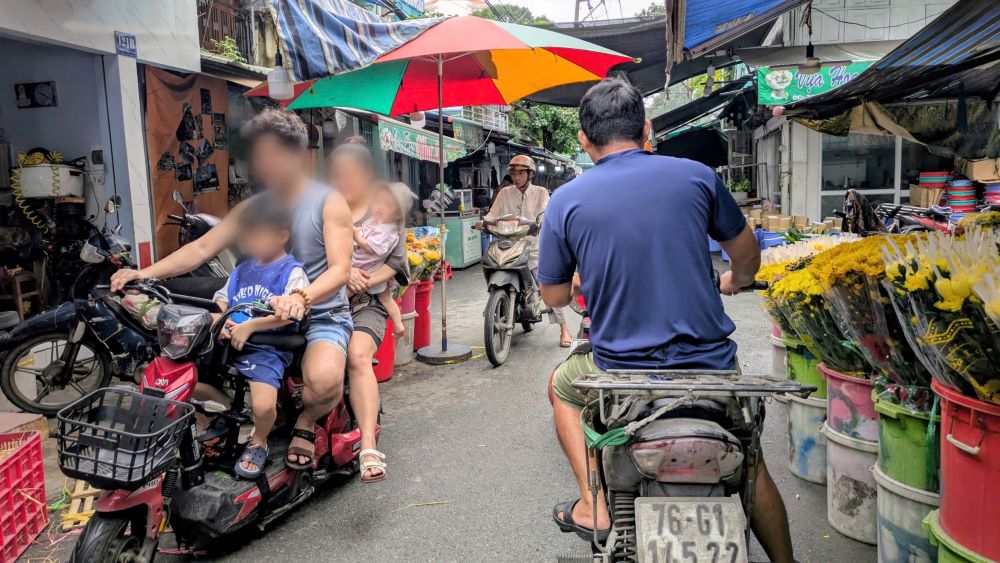
Surrounding routes such as Hung Vuong and Ly Thai To have been invested in synchronously, creating a wide, airy cut. The fact that Tran Binh Trong Street has remained narrow for many years has limited the ability to connect to the central area, becoming a "bottleneck" of the area.
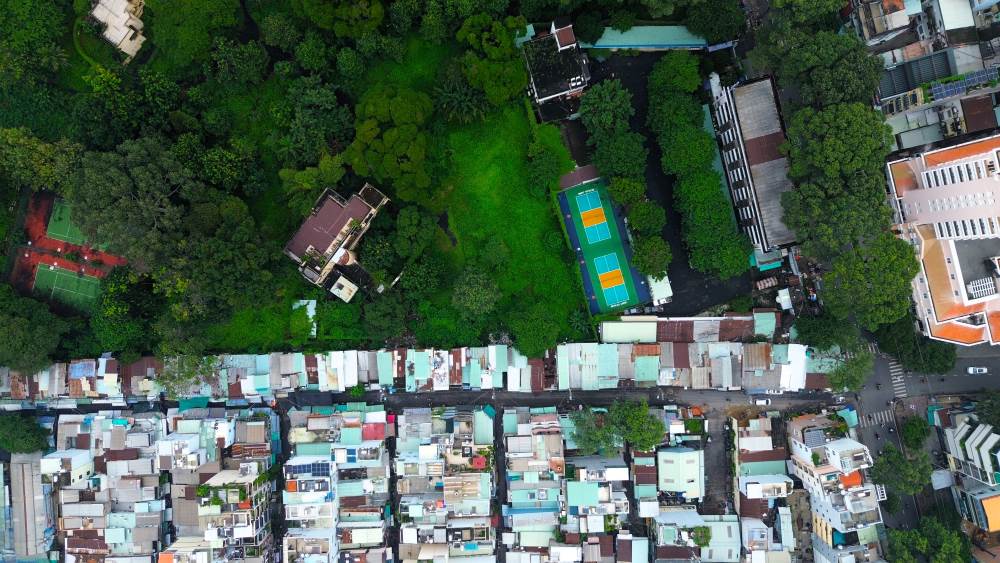
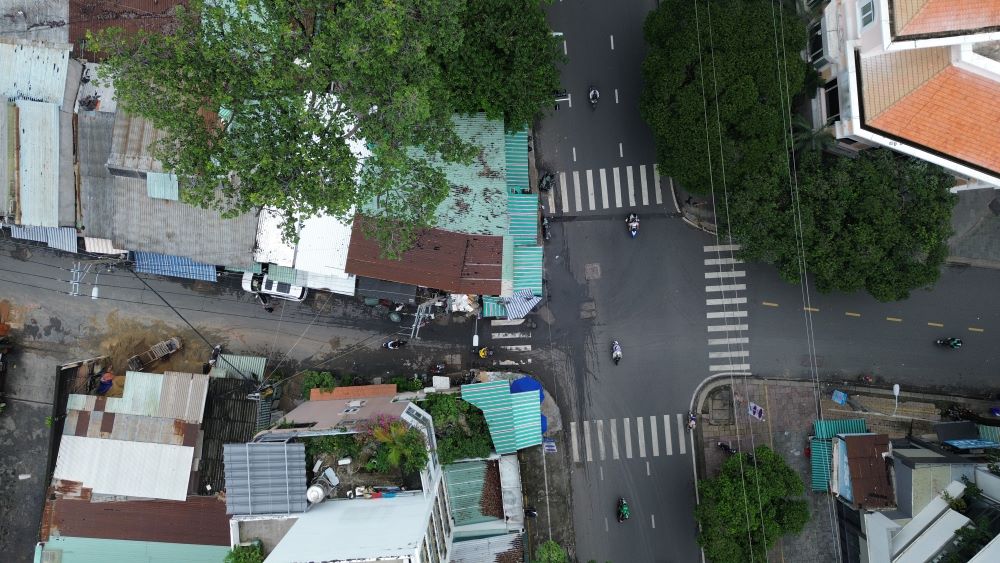
The total investment of the project is estimated at more than 1,073 billion VND, of which the cost of compensation and site clearance accounts for about 830.5 billion VND. The project plans to relocate 115 households and 1 organization. The road expansion is considered urgent to improve traffic capacity, reduce congestion and create land funds for urban beautification.
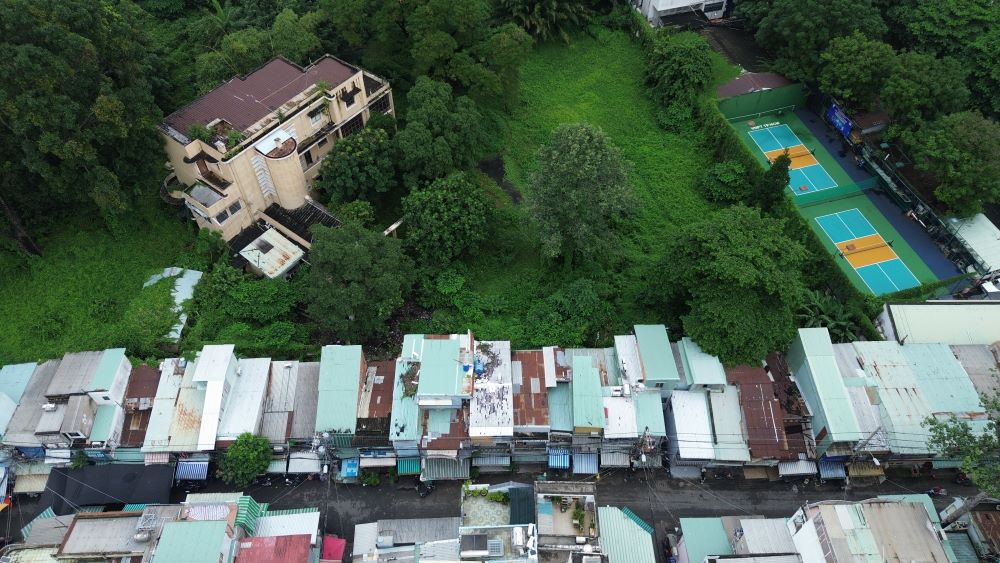
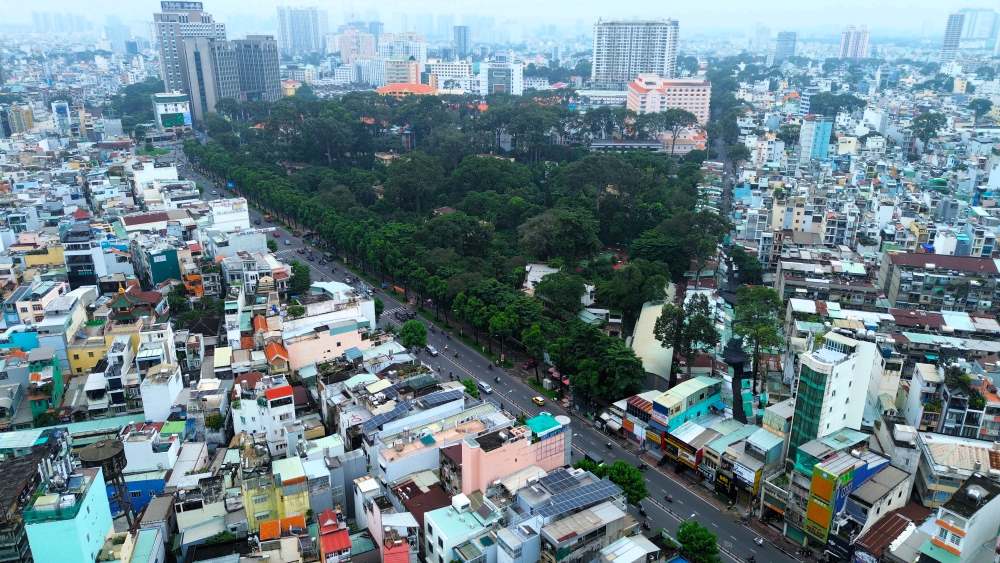
The road is adjacent to land plot No. 1 Ly Thai To - an area of over 4 hectares is oriented to be planned to become a park and public space in the future. When the two projects are completed, the area around Cong Hoa intersection will form a synchronous landscape traffic axis, connecting the city's central infrastructure.
People living here expect the expansion to not only help reduce traffic pressure but also contribute to changing the appearance of the urban area, making the Tran Binh Trong area a brighter, more airy and modern space after many years of " cramped in the center".

